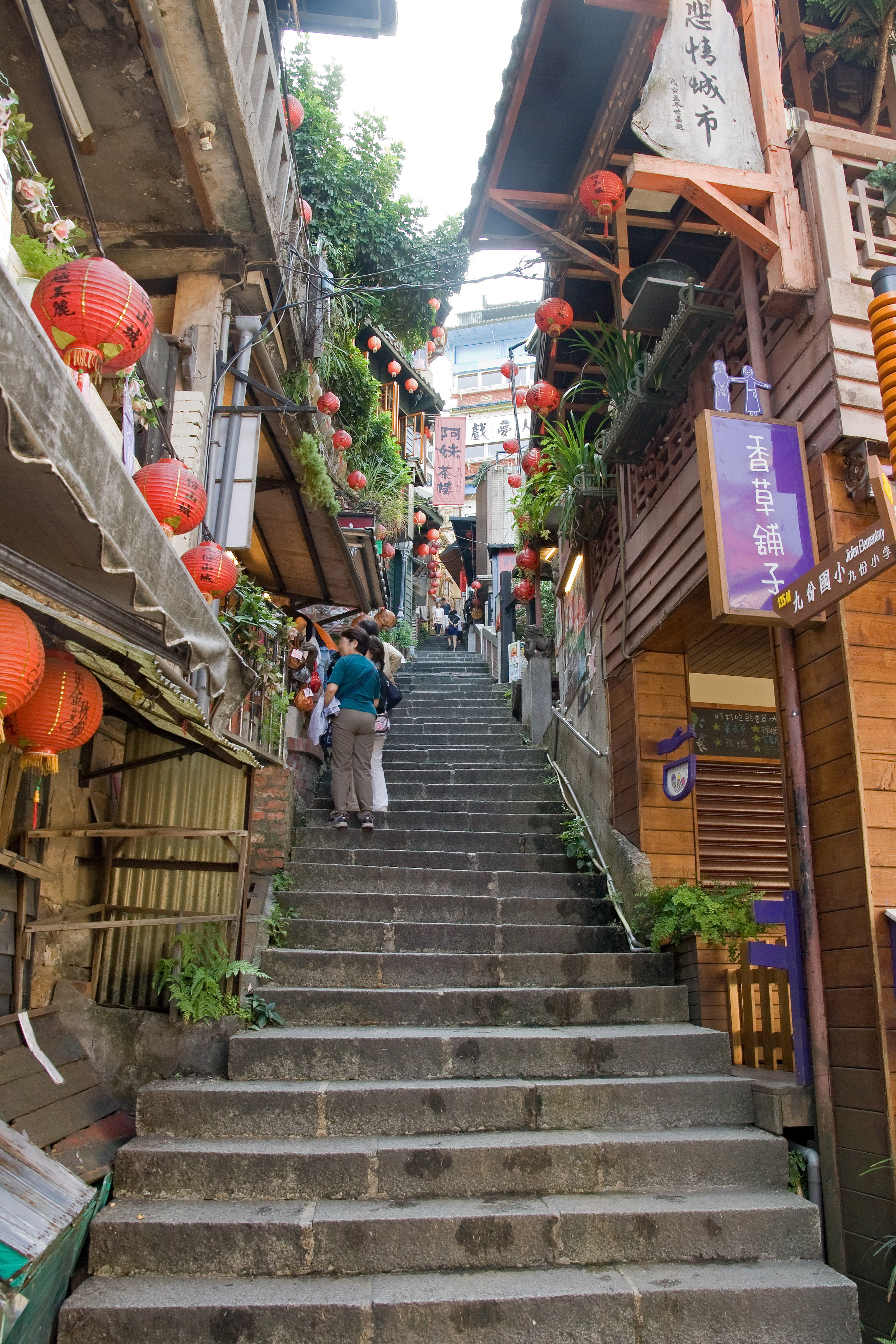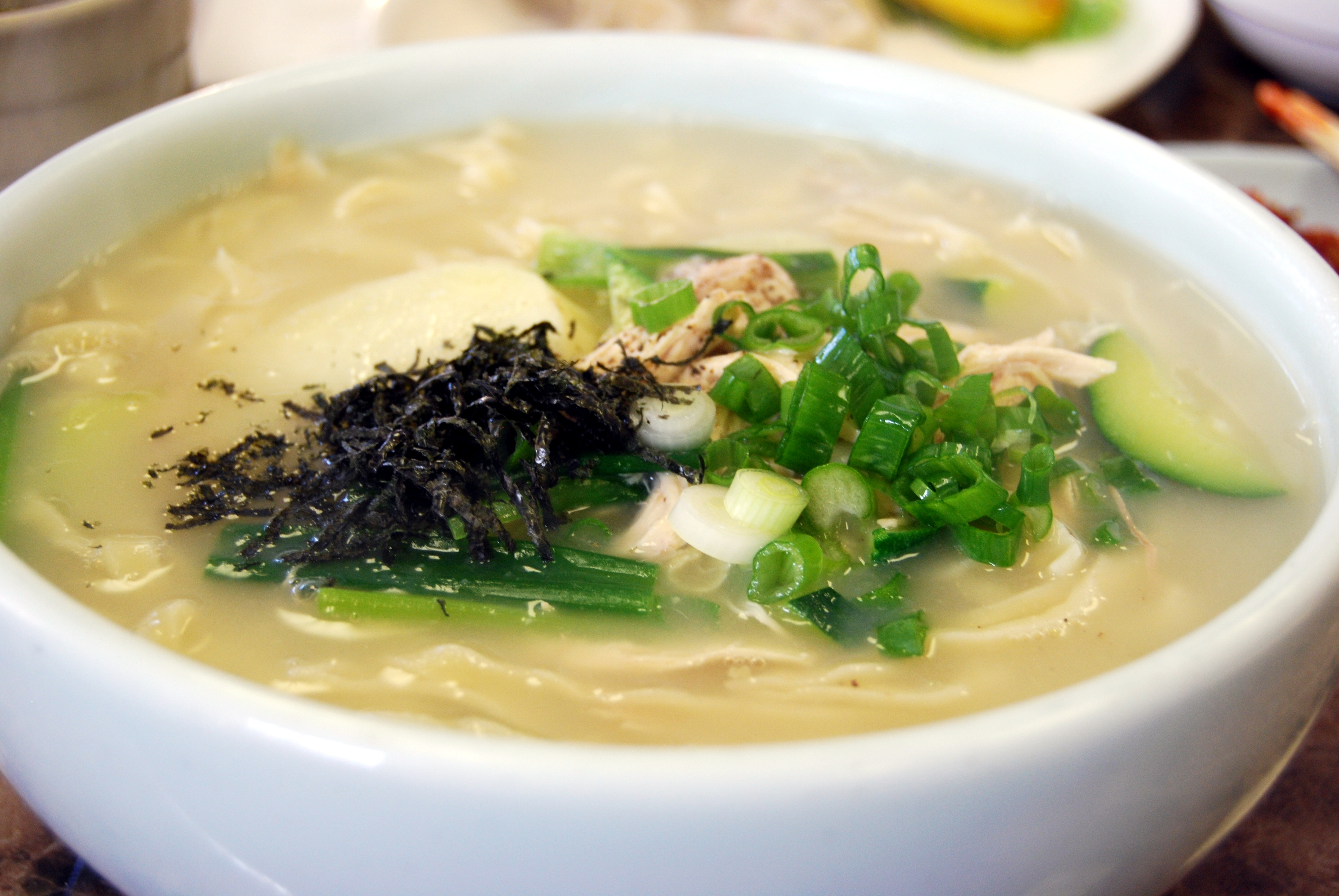|
Jiufen Old Street
Jiufen Old Street is a series of alleyways and a night market in Jiufen, Taiwan. ''National Geographic'' has called Old Street "one of the country's most iconic night markets". Fried fish, noodle soups, peanut ice cream rolls, pork dumplings, sweet potato and taro balls, and Taiwanese sausages are among the many food options available to visitors. See also * List of night markets in Taiwan * List of tourist attractions in Taiwan * Night markets in Taiwan Night markets in Taiwan ( zh, t=夜市, p=yèshì) operate in urban or suburban areas between sunset and sunrise. A few, such as Huaxi Street Tourist Night Market (or Snake Alley), use purpose-built marketplaces, but most occupy either sidewalks ... References External links * Night markets in Taiwan Tourist attractions in New Taipei {{Taiwan-stub ... [...More Info...] [...Related Items...] OR: [Wikipedia] [Google] [Baidu] |
Jiufen 04
Jiufen, also spelled Jioufen or Chiufen (), is a seaside mountain area in Ruifang District, New Taipei City, Taiwan. Jiufen Old Street is a narrow, winding alleyway with shops, teahouses, and restaurants that offers tourists a view of traditional Taiwanese life. History During the first years of the Qing Dynasty, the isolated village housed nine families, thus the village would request "nine portions" every time shipments arrived from town. Later ''Káu-hūn-á'' () would become the name of the village. Despite the earliest reference to the production of gold in the island dating to 1430, and multiple rediscoveries by early inhabitants, visiting Japanese, Dutch occupiers, and Koxinga's retainers, awareness of the wealth of Taiwan's gold districts did not develop until the late Qing era. In 1890, workmen discovered flakes of gold while constructing the new Taipei-Keelung railway, and in 1893 a rich placer district was discovered in the hills of ''Kau-hun'' that produced severa ... [...More Info...] [...Related Items...] OR: [Wikipedia] [Google] [Baidu] |
Night Market
Night markets or night bazaars ( zh, 夜市) are street markets which operate at night and are generally dedicated to more leisurely strolling, shopping, and eating than more businesslike day markets. The culture of night markets originates from China and have spread globally with overseas Chinese populations. They are typically open-air markets popular in East Asia, Southeast Asia, and Chinatowns in several other regions of the world. History The concept of the night market traces its roots back to the medieval Chinese Tang dynasty. The Tang government put strict sanctions on night markets and their operations in A.D. 836. Towards the end of the Tang dynasty, economic expansion led to less state regulation and restrictions being lifted on night markets. During the Song dynasty (960–1279), night markets played a central role in Chinese nightlife. These markets were found in corners of large cities. Some stayed open for twenty-four hours. Song period night markets are also known t ... [...More Info...] [...Related Items...] OR: [Wikipedia] [Google] [Baidu] |
Jiufen
Jiufen, also spelled Jioufen or Chiufen (), is a seaside mountain area in Ruifang District, New Taipei City, Taiwan. Jiufen Old Street is a narrow, winding alleyway with shops, teahouses, and restaurants that offers tourists a view of traditional Taiwanese life. History During the first years of the Qing Dynasty, the isolated village housed nine families, thus the village would request "nine portions" every time shipments arrived from town. Later ''Káu-hūn-á'' () would become the name of the village. Despite the earliest reference to the production of gold in the island dating to 1430, and multiple rediscoveries by early inhabitants, visiting Japanese, Dutch Formosa, Dutch occupiers, and Koxinga's retainers, awareness of the wealth of Taiwan's gold districts did not develop until the late Taiwan under Qing rule, Qing era. In 1890, workmen discovered flakes of gold while constructing the new Taipei-Keelung railway, and in 1893 a rich Placer mining, placer district was discover ... [...More Info...] [...Related Items...] OR: [Wikipedia] [Google] [Baidu] |
National Geographic
''National Geographic'' (formerly ''The National Geographic Magazine'', sometimes branded as ''Nat Geo'') is an American monthly magazine published by National Geographic Partners. The magazine was founded in 1888 as a scholarly journal, nine months after the establishment of the society, but is now a popular magazine. In 1905, it began including pictures, a style for which it became well known. Its first color photos appeared in the 1910s. During the Cold War, the magazine committed itself to present a balanced view of the physical and human geography of countries beyond the Iron Curtain. Later, the magazine became outspoken on environmental issues. Until 2015, the magazine was completely owned and managed by the National Geographic Society. Since 2015, controlling interest has been held by National Geographic Partners. Topics of features generally concern geography, history, nature, science, and world culture. The magazine is well known for its distinctive appearance: a ... [...More Info...] [...Related Items...] OR: [Wikipedia] [Google] [Baidu] |
Noodle Soup
Noodle soup refers to a variety of soups with noodles and other ingredients served in a light broth. Noodle soup is a common dish across East Asia, Southeast Asia and the Himalayan states of South Asia. Various types of noodles are used, such as rice noodles, wheat noodles and egg noodles. Varieties East Asia China There are myriad noodle soup dishes originating in China, and many of these are eaten in, or adapted in various Asian countries. * Ban mian (板麵) – Hakka-style, flat-shaped egg noodles in soup. * Chongqing noodles * Cold noodle (冷面/冷麵) – Shanghai-style, flat noodle stirred with peanut butter sauce, soy sauce and vinegar, served cold. * Crossing-the-bridge noodles () – ingredients are placed separately on the table, then added into a bowl of hot chicken stock to be cooked and served. The ingredients are uncooked rice noodles, meat, raw eggs, vegetables and edible flowers. The stock stays warm because of a layer of oil on top of the bowl. Typical cuisi ... [...More Info...] [...Related Items...] OR: [Wikipedia] [Google] [Baidu] |
Taro Ball
Taro ball () is a traditional Taiwanese cuisine dessert made of taro. It can be found in almost every part of Taiwan and other parts of the world selling Taiwanese desserts, among which Jiufen's taro ball is said to be the most famous. The taro balls can be made by mixing mashed taro with water and sweet potato flour or potato flour, making the taro balls more springy or softer respectively. The colour of mashed taro makes the dessert appear crystal purple or grey. The mashed taro can be replaced by mashed sweet potato or ground mung bean and becomes the yellow sweet potato ball () or the green mung bean ball (). The dessert can be served with syrup either icy or hot. It is also very common to use taro balls and sweet potato balls to top other Taiwanese desserts like douhua or tshuah-ping. See also * Taiwanese cuisine * List of Taiwanese desserts and snacks References Taiwanese desserts Ball A ball is a round object (usually spherical, but sometimes ovoid) with ... [...More Info...] [...Related Items...] OR: [Wikipedia] [Google] [Baidu] |
List Of Night Markets In Taiwan
This is a partial list of night markets in Taiwan sorted by location. Northern Taiwan Keelung *Keelung Miaokou Night Market, Ren'ai District, Keelung, Ren'ai (廟口夜市) Taipei * Dalong Night Market, Datong District, Taipei, Datong (大龍街夜市) * Gongguan Night Market, Zhongzheng District, Zhongzheng (公館夜市) * Guangzhou Street Night Market, Wanhua District, Wanhua (廣州街夜市) * Huaxi Street Tourist Night Market, Wanhua District, Wanhua (華西街觀光夜市) * Jingmei Night Market, Wenshan District, Wenshan (景美夜市) * Liaoning Street Night Market, Zhongshan District, Taipei, Zhongshan (遼寧街夜市) * Linkou Night Market, Xinyi District, Taipei, Xinyi (林口街夜市) * Nanjichang Night Market, Zhongzheng District, Zhongzheng (南機場夜市) * Ningxia Night Market, Datong District, Taipei, Datong (寧夏夜市) * Raohe Street Night Market, Songshan District, Taipei, Songshan (饒河街觀光夜市) * Shida Night Market, Daan District, Taipei ... [...More Info...] [...Related Items...] OR: [Wikipedia] [Google] [Baidu] |
List Of Tourist Attractions In Taiwan
Popular tourist attractions in Taiwan include the following: Attractions Historical buildings * Beihai Tunnel (Beigan), Beihai Tunnel, Beigan () * Beihai Tunnel (Nangan), Beihai Tunnel, Nangan () * Bopiliao Historic Block * Daxi Wude Hall () * Eternal Golden Castle * First Guesthouse * Fongyi Tutorial Academy * Former British Consulate at Takao * Former Japanese Navy Fongshan Communication Center * Former Tainan Weather Observatory * Fort Provintia * Fort Santo Domingo * Fort Zeelandia (Taiwan), Fort Zeelandia * Fuxing Barn * Great South Gate * Gulongtou Zhenwei Residence * Hobe Fort * Jhen Wen Academy * Kaohsiung Grand Hotel * Keelung Fort Commander's Official Residence * Lee Teng-fan's Ancient Residence * Lin Family Mansion and Garden * Meinong East Gate Tower * Moving Castle * Niumatou Site * North Gate of Xiong Town * Presidential Office Building, Taipei, Presidential Office Building * Qihou Fort * Qing Dynasty Taiwan Provincial Administration Hall * Shihlin Paper Mill * Taipe ... [...More Info...] [...Related Items...] OR: [Wikipedia] [Google] [Baidu] |
Night Markets In Taiwan
Night markets in Taiwan ( zh, t=夜市, p=yèshì) operate in urban or suburban areas between sunset and sunrise. A few, such as Huaxi Street Tourist Night Market (or Snake Alley), use purpose-built marketplaces, but most occupy either sidewalks or even entire streets that carry vehicle and pedestrian traffic by day. Some night markets in smaller side streets and alleys feature retractable roofs. Most night markets operate daily and feature a mixture of individual stalls selling clothing, consumer goods, '' xiaochi'' (similar to snacks or fast food), and specialty drinks. The atmosphere is usually crowded and noisy with hawkers shouting and fast-paced music playing over loudspeakers. Taiwanese night markets have evolved over the years from small, local gatherings to noisy streets lined with vendors, who must adhere to regulations placed on their activities by the Taiwanese government. History Similar markets have existed in Chinese culture, where clusters of hawkers sometimes ... [...More Info...] [...Related Items...] OR: [Wikipedia] [Google] [Baidu] |







